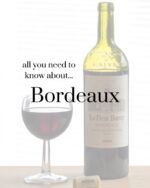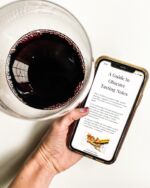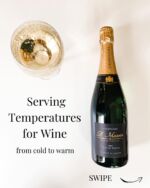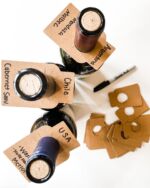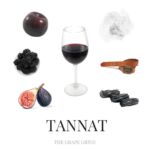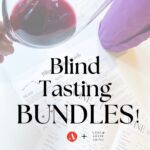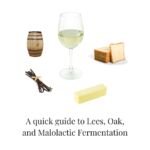
All you need to know about unoaked Chardonnay: A quick guide
Unoaked Chardonnay is a clean and crisp style of this popular full-bodied variety.
Are you a Chardonnay lover? Its reputation can fall under the category of “oak bomb” (buttery, rich, creamy), and many
Chardonnay is versatile. It can be grown almost everywhere and handled in many different ways. Winemakers are starting to produce a lot more unoaked Chardonnay. Unoaked means that instead of aging the wine in oak barrels, (which impart a richer, rounder, oaky, vanilla, and sometimes buttery flavor) the wine is fermented or aged in stainless steel (or concrete). This allows the true flavors of the grape to shine. It gives the wine more of a crisp and refreshing taste and it’s much lighter than it would be if it were oaked.
The following guide will illustrate what unoaked Chardonnay tastes like (aroma, flavor, and structure). It will also tell you where it’s from, provide you with common food recommendations, top producers, similar varieties, and let you know why you should be drinking more of it!
How would I describe unoaked Chardonnay?
Bright
This style is going to wow your taste buds in a different way than an oaked Chardonnay would. Since it’s aged in stainless steel the bright citrus flavors and mineral notes are going to shine.
Lean
Unoaked Chardonnay is going to be lighter in body and cleaner in taste than oaked Chardonnay.
Refreshing
While oaked Chardonnay can sometimes be heavy and rich, unoaked Chardonnay is quite the opposite. It’s very fresh, almost thirst-quenching!
What does unoaked Chardonnay taste like?

These are the most familiar tastes and aromas I typically find in a glass of unoaked Chardonnay. It’s also common to find lime, pineapple, saline, shell, and almond notes depending upon where the wine is from, and how it is made. Remember, wine tastes are somewhat relative. There may be some different tasting notes you consistently find while drinking unoaked Chardonnay.
What about structure?
There is no “one size fits all” when it comes to structure for every grape, however, there IS a general range when it comes to body, acid, alcohol, and tannin for each. Below are general guidelines for classic representations. Growing conditions and winemaking techniques can impact each of the following.
Medium Body
Medium Plus Acid
Medium Alcohol



Where is unoaked Chardonnay from?

France
Chablis is the northernmost region of Burgundy and it is known for Chardonnay only. This is where unoaked Chardonnay became popular. In fact, if you drink Chablis, only the Grand Cru bottles will taste of slight oak. The rest are aged in stainless steel or neutral oak and will showcase the flavors of the grape, which are primarily zingy citrus and chalkiness.
Generally, Chardonnay from France will have less oak flavor than many from the USA or other new world countries.
You can also find wonderful unoaked Chardonnay from The USA, Italy, Spain, Australia, New Zealand, Chile, and South Africa.
What foods should I pair with unoaked Chardonnay?

Salmon
Why?
Salmon is lighter than white meat but heavier than most fish. It’s a perfect match for unoaked Chardonnay. The acid in the wine cuts through the fat and the medium body holds up to the weight of the fish. The fresh flavors of the wine complement this fish perfectly.

Eggs
Eggs and wine are tough. Only few whites will do. This is one of them. The simple flavors and higher level of acidity refresh your palate after each bite (egg yolk coats your mouth with a savory flavor). Also consider what is in the egg dish. Things like olives and tomatoes can definitely make wine taste weird. Regardless, this is a go to wine for any special brunch!

Curry
Why?
Creamy dishes with a touch of heat are a great match for unoaked Chardonnay. It has good acidity to cut through the richness of the dish, and a fuller body to stand up to the weight of the dish. It will leave those delicious flavors lingering in your mouth for a while!
What other similar varieties would I enjoy?
(common confusions)
Chenin Blanc has:
- more steely/sheep’s wool notes
- possible residual sugar
- typically less extreme citrus
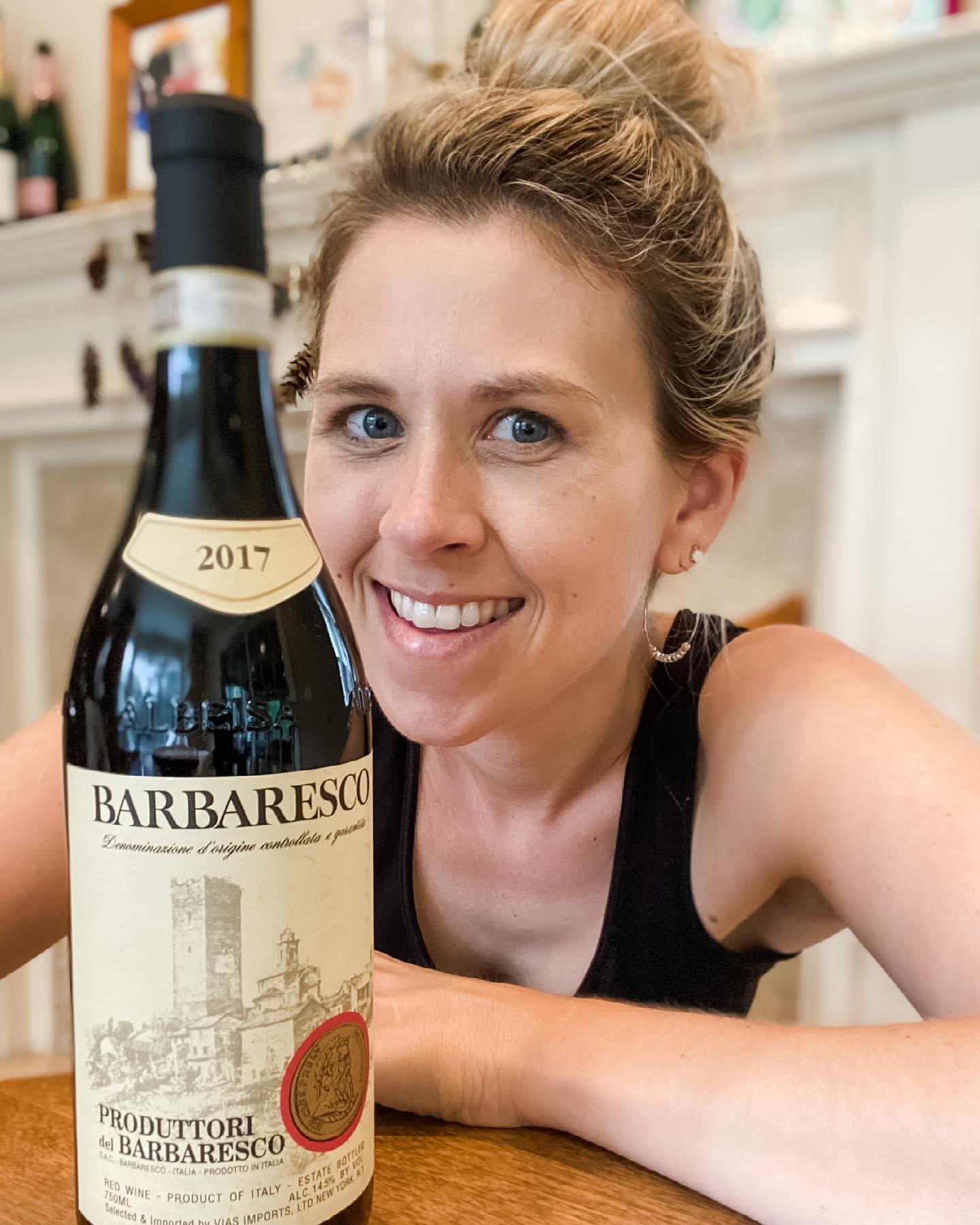

A Certified Sommelier and Certified Specialist of Wine with a passion for everything wine + beverage!
Join Tasting Group!
Blind and Comparative Tastings Monthly with other wine students + industry professionals! Learn More!
thegrapegrind




